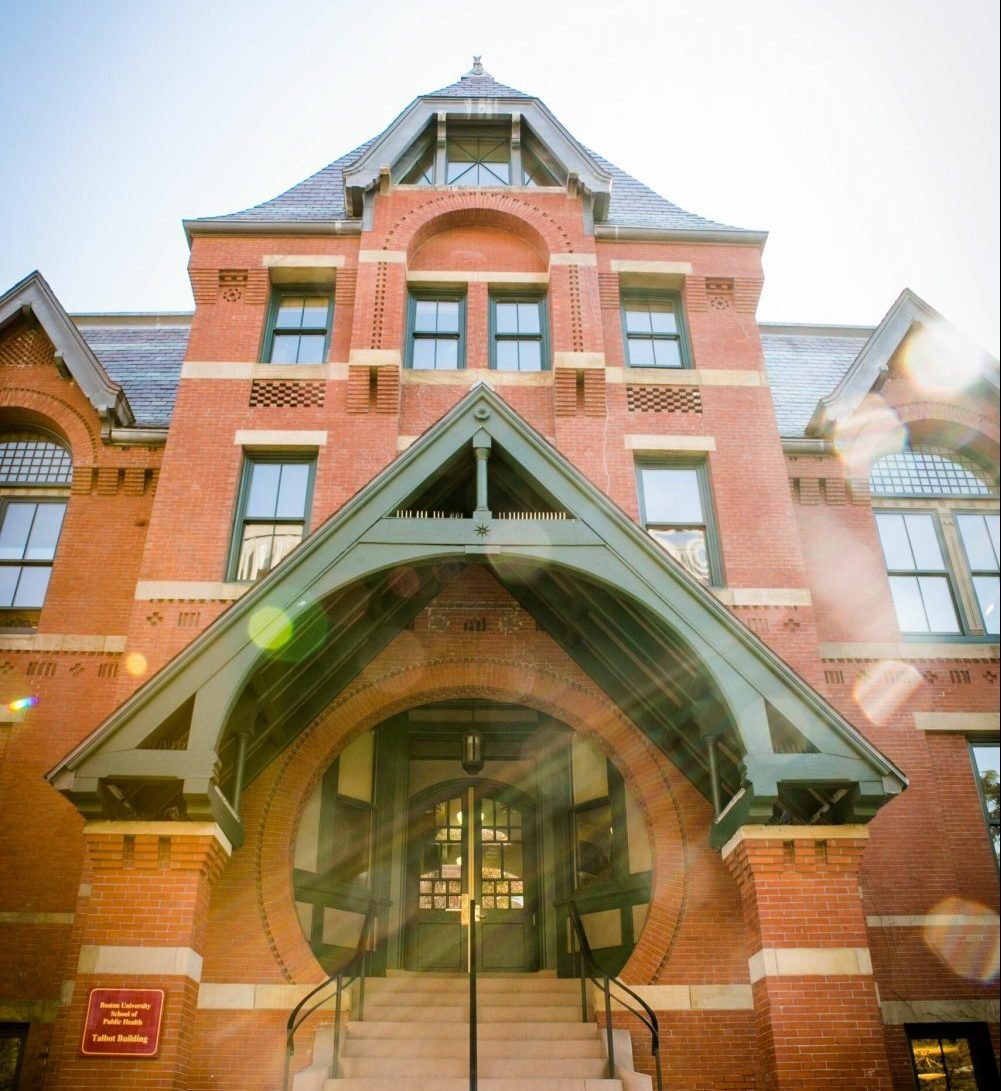On doing the most possible good while doing the least possible harm.
There is an old saying from the world of competitive fencing, one that is used to teach beginners how to hold the foil—a light, flexible blade used in the sport. The saying is, “Hold it like you would a bird. Too tight and you choke it. Too loose and you let it fly away.” That is proportionality. The pressure applied to the foil must be in proportion to how much is necessary for maintaining control. Too firm a grasp prevents the fencer from wielding the foil nimbly. Too loose a grasp and an opponent can easily knock it to the floor. Success lies in applying the right proportion of strength—no more, no less.
Read more here




